The winners of the 2017 Photo Contest were announced at the 18th annual Great Swamp Fall Festival on September 16, 2017. We received 193 entries – a new record high. Thank you to all of the 47 photographers who participated in our contest and congratulations to our winners. Our Photo Library now contains more than 1,000 Great Swamp NWR images – an invaluable collection for publications, websites, publicity, videos and more. This resource is used by the Friends, the Refuge, and U.S. Fish and Wildlife Service. Thank you to everyone who has contributed over the years to this incredible, rich and diverse library.
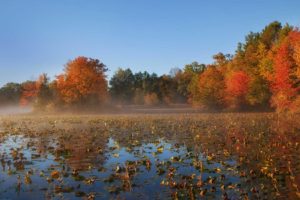
You can view the winning photographs on our Photo Contest Winners page.
The Winners:
Category—Birds
1st Place—Jim Duffy
2nd Place—Carol Duffy
Honorable Mention—Chuck Hantis
Category—Wildlife
1st Place—Carol Duffy
2nd Place—Maureen Duffy
Honorable Mention—Jim Duffy
Category—Plants
1st Place—Jim Duffy
2nd Place—Susan Neufeld
Honorable Mention—Susan Hunt
Category—Landscape
1st Place—Carol Duffy
2nd Place—Jim Duffy
Honorable Mention—Richard Harris
Category—Youth
1st Place—Justine Wang
Honorable Mention—Madison Kenny
Honorable Mention—Caitlin Moy
Honorable Mention—Delaney Moynihan
Honorable Mention – Teresa O’Neill
Honorable Mention – Beth Polito
Thank you to our judges Jim Gilbert, professional wildlife photographer, and Bill Koch, retired Great Swamp National Wildlife Refuge Manager.
The 2018 contest has begun! The deadline is June 30, 2018.
The entry form will be available soon. In the meantime, come on over to Great Swamp National Wildlife Refuge, bring your camera, and start snapping!
National Wildlife Refuge Week – Special Evening Just For Photographers – Thursday, October 12
This year, we will again have a special Sunset Walk during National Wildlife Refuge Week just for photographers. The walk will start promptly at 4:45 p.m. from the Bluebird Parking Lot. We’ll walk to the impoundment pools where you will have time to set up your equipment early. Space is limited and reservations are required. Call 973-425-9510 to register.
 18th Annual Fall Festival, Saturday, September 16, 10:00 am to 3:30 pm
18th Annual Fall Festival, Saturday, September 16, 10:00 am to 3:30 pm
Join us as we welcome in the fall season at Great Swamp National Wildlife Refuge.
Our annual Fall Festival is a day-long celebration with lots of activities for kids and adults, ample parking, and free hot dogs on the grill for lunch.
[su_row][su_column size=”1/2″]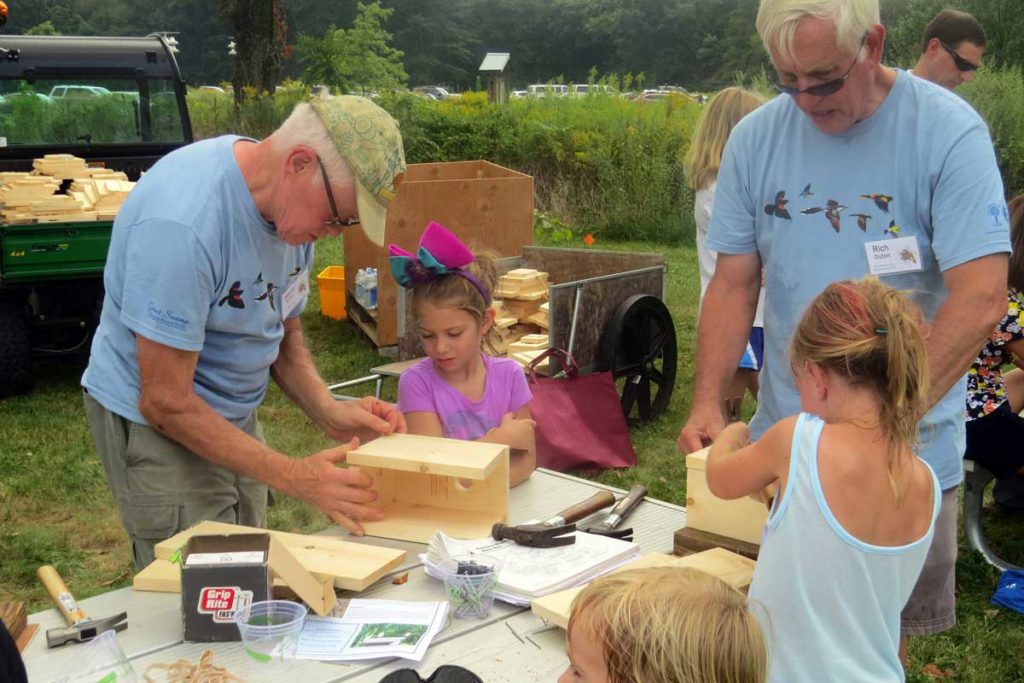
[/su_column] [su_column size=”1/2″]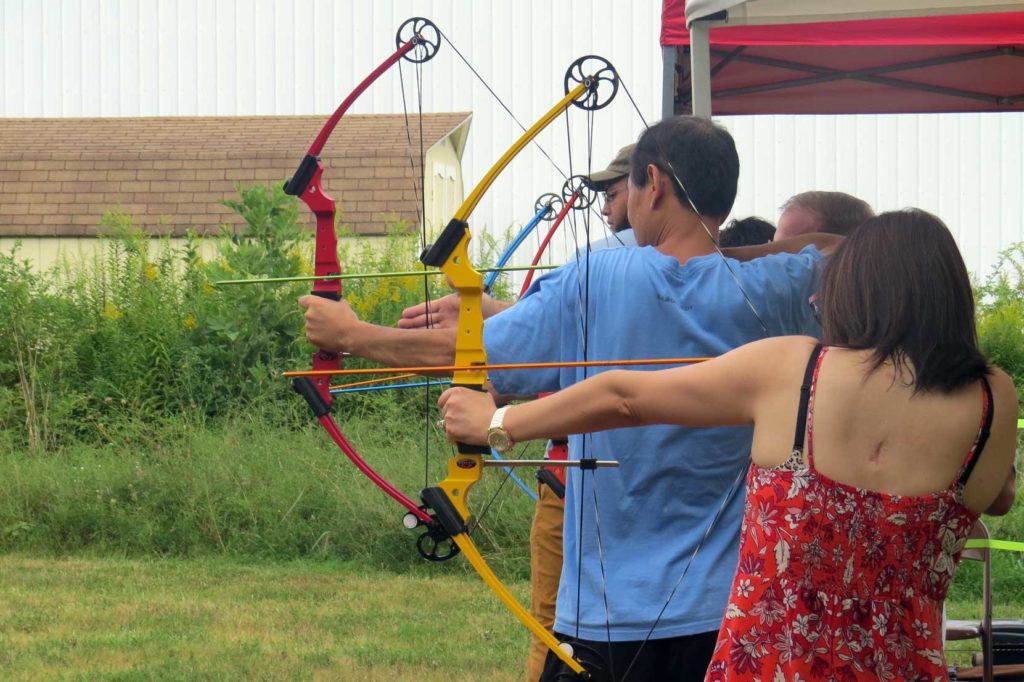
[/su_column] [/su_row]
- Come for river seining and check out some of the critters that live in the Passaic River.
- Try your hand at target archery or our hoverball shooting gallery.
- Climb aboard the Refuge’s really big equipment and check the view.
- Build a bluebird nest box to take home.
- Join us for a guided nature walk on the Bockoven Trail.
- Check out the live refuge critters — turtles, snakes, frogs — and fish!
- Learn about our innovative Head-Start program for turtles and see the wood turtle hatchlings.
- Stop by and visit our partners — The Raptor Trust, NJ Audubon Society, Native Plant Society of NJ, North American Butterfly Association, the Passaic River Institute, Great Swamp Watershed Association, U.S. Fish and Wildlife Service’s Customs Officers, NJ Division of Fish and Wildlife, and our urban partner — Groundwork Elizabeth.
- 2017 Photo Contest winners will be announced at 11:30 am.
[su_row][su_column size=”1/2″]
[/su_column] [su_column size=”1/2″]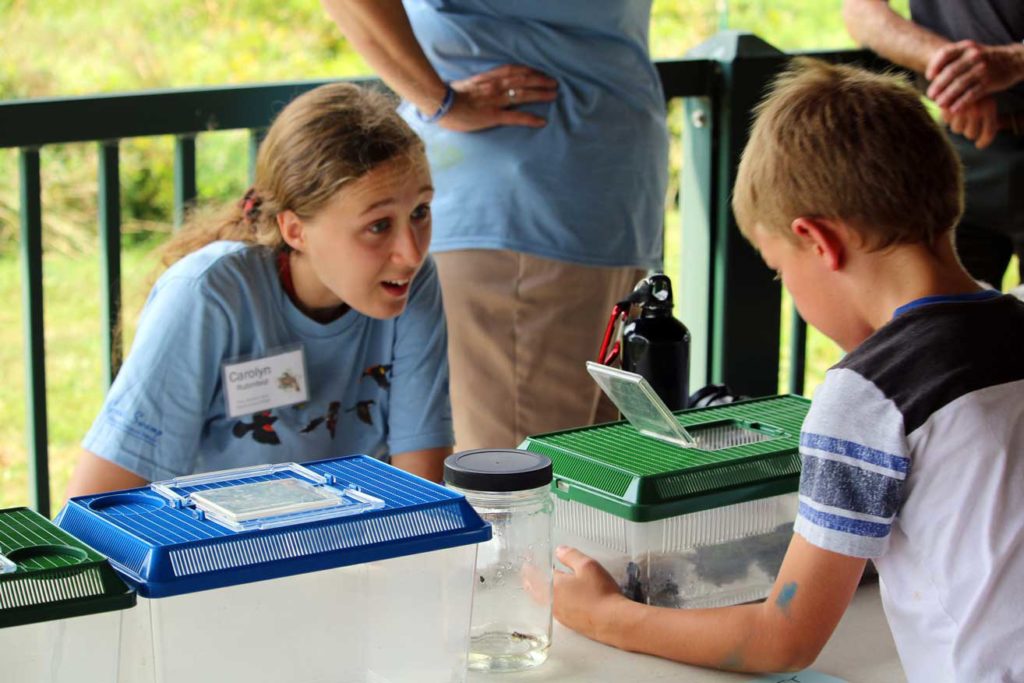
[/su_column] [/su_row]
This year we’re celebrating the Water! Start the day with our Wetlands Challenge — fill in the blanks and collect your prize. Then tour the WOW Express — our new Watershed on Wheels exhibit and learn all about the importance and value of watersheds — like our own Great Swamp.
Fall is a fabulous time to visit Great Swamp National Wildlife Refuge. Join us to kick off the fall season.
18th Annual Fall Festival
Helen C. Fenske Visitor Center
32 Pleasant Plains Road, Harding Township, NJ
10:00 am to 3:30 pm, rain or shine
Commemorative Brick Campaign Relaunch
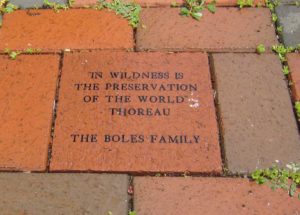 Friends of Great Swamp NWR is bringing back our commemorative brick campaign for a limited time. You can purchase a commemorative brick to be placed in the patio at the Helen C. Fenske Visitor Center through December 31, 2017. Your donation will help enrich and expand visitor experiences at Great Swamp National Wildlife Refuge.
Friends of Great Swamp NWR is bringing back our commemorative brick campaign for a limited time. You can purchase a commemorative brick to be placed in the patio at the Helen C. Fenske Visitor Center through December 31, 2017. Your donation will help enrich and expand visitor experiences at Great Swamp National Wildlife Refuge.
A lot has happened since 2009 when the Friends first launched a brick fundraising campaign. The Visitor Center is now open seven days a week welcoming thousands of visitors each year. School groups come to explore nature and learn about the natural world. There are additional native plant gardens, purple martin gourd arrays, and three trails for visitors. It’s a vibrant, educational, and exciting place to visit.
Bricks on the patio memorialize loved ones, honor friends and family, or express donors’ commitments to nature and the Refuge. All proceeds from brick purchases fund initiatives at Great Swamp NWR.
Download a copy of the Brick Order Form. Make checks payable to Friends of Great Swamp NWR and mail your check and form(s) to the Friends of Great Swamp NWR, 32 Pleasant Plains Road, Basking Ridge, NJ 07920. Credit card payments are accepted at the Friends Nature Shop in the Helen C. Fenske Visitor Center, open: Monday – Wednesday, 10:00 to 1:00; Thursday – Friday, 1:00 to 4:00; Saturday – Sunday, 10:00 to 4:00.
A commemorative brick is your lasting legacy and a generous and meaningful donation to Friends of Great Swamp NWR. For more information, email info@friendsofgreatswamp.org.
Thank you to all the photographers who have submitted photos for the Friends Refuge Photo Contest. We received many spectacular and interesting photos. Winners will be announced at the annual Fall Festival on Saturday, September 16, at the Helen C. Fenske Visitor Center. It’s a fun day of activities, exhibits, crafts for kids, and free hot dogs on the grill. Join us to welcome in the fall season.
Photo Contest Deadline June 30, Winners will be announced September 16.
 The first Refuge Photo Contest was held in 2001, and since that year, thousands of photographs have been submitted, creating a goldmine of images of the birds, wildlife, plants, and scenic shots of Great Swamp National Wildlife Refuge. This digital library is used on a regular basis by the Friends and by the U.S. Fish and Wildlife Service to provide photos for Facebook and websites, the Swamp Scene newsletter, exhibits and flyers, postcards which are sold in the Friends Nature Shop, outreach and orientation presentations, and the photo slide show which runs continuously in the Visitor Center. Thank you so much to the many photographers who have submitted photos over the years. You are hundreds of eyes capturing so much diversity in all seasons at all times of day. It’s priceless. There is no other way this incredible digital library resource could have been created.
The first Refuge Photo Contest was held in 2001, and since that year, thousands of photographs have been submitted, creating a goldmine of images of the birds, wildlife, plants, and scenic shots of Great Swamp National Wildlife Refuge. This digital library is used on a regular basis by the Friends and by the U.S. Fish and Wildlife Service to provide photos for Facebook and websites, the Swamp Scene newsletter, exhibits and flyers, postcards which are sold in the Friends Nature Shop, outreach and orientation presentations, and the photo slide show which runs continuously in the Visitor Center. Thank you so much to the many photographers who have submitted photos over the years. You are hundreds of eyes capturing so much diversity in all seasons at all times of day. It’s priceless. There is no other way this incredible digital library resource could have been created.
Deadline approaching
The deadline for the 2017 Photo Contest is fast approaching. Entries must be received by June 30, 2017. We accept digital entries only. You may mail your entries or drop them off at the Helen C. Fenske Visitor Center.
This year, you may also submit your photos online, using our new website Photo Contest Entry Form.
Download the contest rules here.
You can contribute to the Photo Library
Winners will be announced at Fall Festival, September 16, 2017. Whether or not your photo is selected as a winner, this is a great way to donate your photos to the Friends and the Refuge where they will be added to the digital library and used for interpretation, education, and public enjoyment. Thank you so much for contributing to this incredible and unique resource.
February 17 – 19, 2017, 10:00 am to 4:00 pm every day
Helen C. Fenske Visitor Center
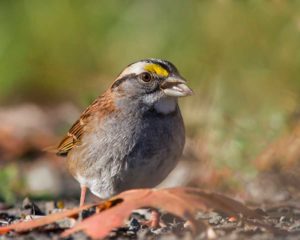
Join us for three days of birding fun. Be a citizen scientist and help count the birds at the feeders from inside the Visitor Center. Learn to identify common feeder birds. Ongoing activities for kids include: make a suet bird feeder to take home, play bird bingo for a prize; paint your own bird house gourd or a tree cookie ornament. Daily bird counts will be reported to Cornell Lab of Ornithology to aid in citizen science research.
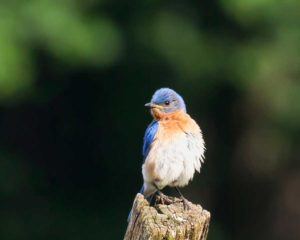
Can’t tell a nuthatch from a woodpecker? No problem. We’ll help you learn how.
You’re an expert birder? We need you to help identify those confusing species.
Great Backyard Bird Count Schedule
Every Day – Indoors
10:00 am – 4:00 pm – Count the birds!
Volunteers will be on hand to help identify and count the species.
Bird Bingo for kids – play our game and win a prize!
Make a pine cone bird feeder to take home.
Learn how to begin birding.
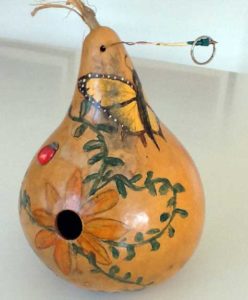
Saturday, February 18
11:00 am – 2:00 pm: Paint a gourd bird house to take home.
1:30 – 2:30 pm: Guided bird walk along Pleasant Plains Road
Sunday, February 19
11:00 am – 2:00 pm: Decorate your own tree cookie ornament.
12:30 – 1:30 pm: Learn to identify common winter birds. Indoor presentation by naturalist Dorothy Smullen.
1:30 – 2:30 pm: Guided bird walk. Put your new bird identification skills to work.
This event is free and registration is not required. Join us!
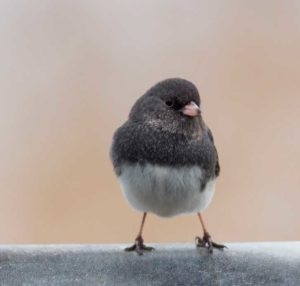
The Great Backyard Bird Count is an international citizen science event. Bird watchers count and report all the birds they see. The objective is to create an annual snapshot of bird distribution and abundance around the world. This data is critical in wild bird research to find ways to protect these wild creatures for future generations.
Helen C. Fenske Visitor Center
32 Pleasant Plains Road
973-425-9510

